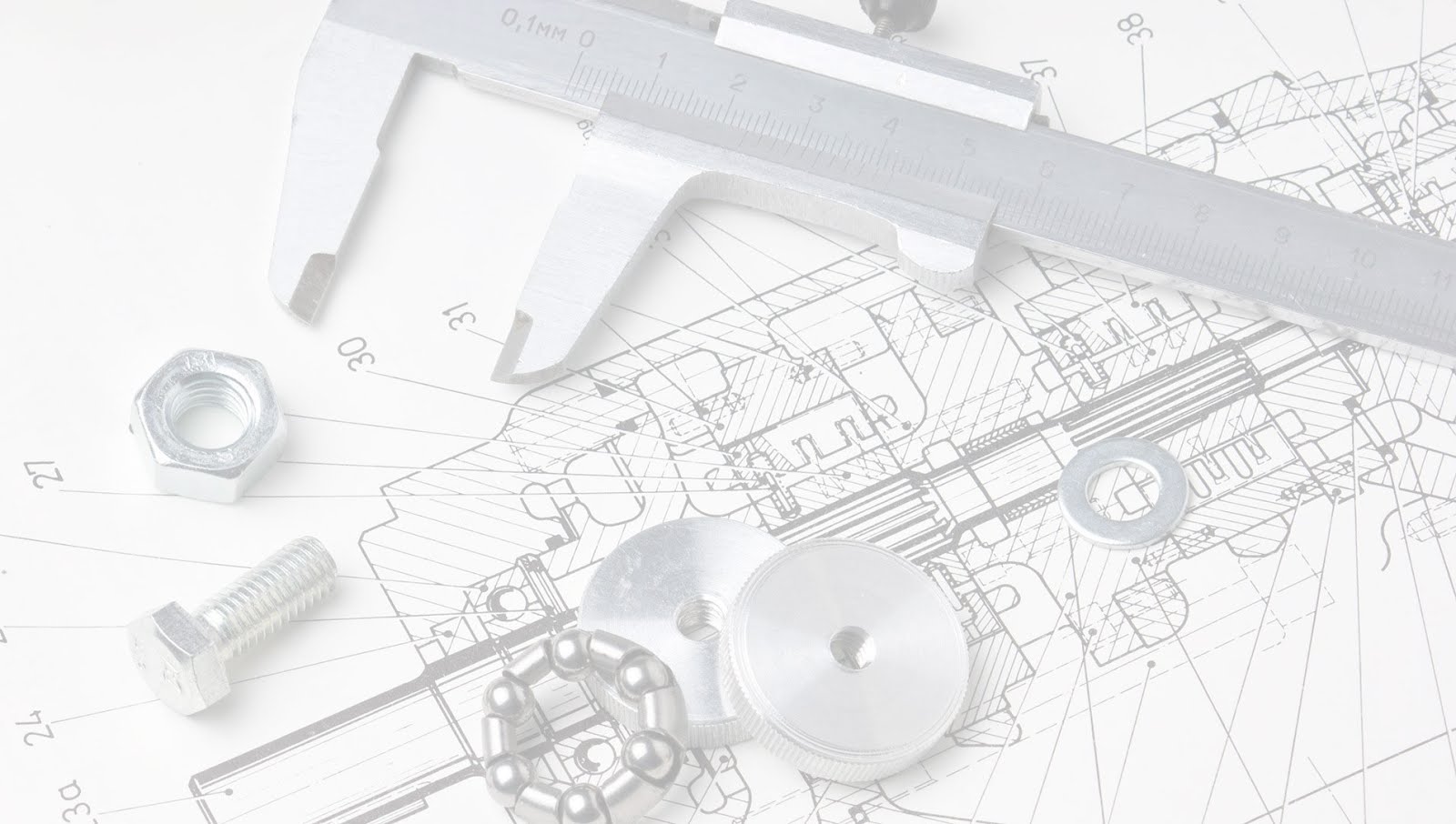What is a centrifugal pump and its manometric head? How to calculate discharge, efficiency and power required for a centrifugal pump using formula?
A centrifugal pump is a machine which converts the kinetic energy of the water into pressure energy before the water leaves its casing. The flow of water leaving the impeller is free vortex. The impeller of a centrifugal pump may have volute casing, vortex casing and volute casing with guide blades.
blades.
The following important points may be noted for centrifugal pumps:
(a) The manometric head is the actual head of water against which a centrifugal pump has to
work. It may be obtained by using the following relations, i.e.,
Manometric head = Workdone per kg of water - Losses within the impeller
blades.
The following important points may be noted for centrifugal pumps:
(a) The manometric head is the actual head of water against which a centrifugal pump has to
work. It may be obtained by using the following relations, i.e.,
Manometric head = Workdone per kg of water - Losses within the impeller
= Energy per kg at outlet of impeller - Energy per kg at inlet of impeller
= Suction lift + Loss of head in suction pipe due to friction + Delivery lift + Loss of head in delivery pipe due to friction + Velocity head in the delivery pipe.
(b) The discharge (Q) of a centrifugal pump is given by
(b) The discharge (Q) of a centrifugal pump is given by
(c) The manometric efficiency of a centrifugal pump is defined as the ratio of the manometric head to the energy supplied by the impeller.
(d) The mechanical efficiency of a centrifugal pump is defined as the ratio of energy available at the impeller to the energy supplied to the pump by the prime mover.
(e) The overall efficiency of a centrifugal pump is defined as the energy supplied to the pump to the energy available at the impeller.
(f) The efficiency of a centrifugal pump will be maximum when the blades are bent backward.
(g) The power required to drive a centrifugal pump is given by
(d) The mechanical efficiency of a centrifugal pump is defined as the ratio of energy available at the impeller to the energy supplied to the pump by the prime mover.
(e) The overall efficiency of a centrifugal pump is defined as the energy supplied to the pump to the energy available at the impeller.
(f) The efficiency of a centrifugal pump will be maximum when the blades are bent backward.
(g) The power required to drive a centrifugal pump is given by




thankyou!
ReplyDeletethanks
ReplyDelete